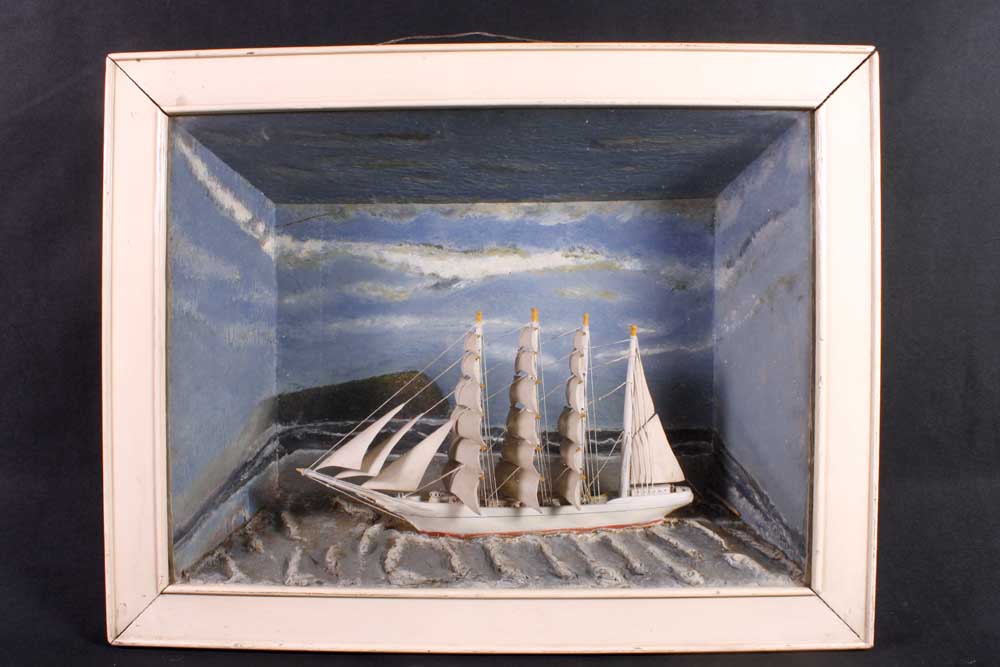Weekend Break: The art of the shadow box
Published 1:00 pm Saturday, July 1, 2023

- Artist Charles Olsen’s strong maritime background led him to create beautiful shadow boxes in his spare time.
Today, the term “shadow box” is broadly used to describe a glass case where items are put on display. Museums, libraries, archives and other institutions across the world use shadow boxes to protect precious art and artifacts for generations.
Trending
What many don’t realize is that these containers have a rich maritime history.
Ancient maritime lore supposed that a sailor could face lifelong misfortune if his shadow touched land before he did while disembarking from his vessel.
By carrying his belongings in a metaphorical shadow box, he protected himself by reaching the ground before his shadow did.
Trending
What we now call the Age of Sail lasted through the mid-16th to mid-19th centuries. During this time, it was common for mariners to stay with the same vessel throughout their career.
Over the years, the sailor would collect mementos of his voyages. Souvenirs, trinkets, awards and pieces of home would all be incorporated into a shadow box. It was sometimes believed that a stranger could understand a mariner’s life just by looking at his shadow box.
Styles of shadow boxes changed moving into the late 19th and early 20th centuries. Rather than being personal keepsakes of an individual sailor, they became larger pieces of art depicting coastal and maritime life.
With this reinvented purpose, shadow boxes toed the line between fine and folk art. Artists like Fred Jeffers and Charles Olsen were creating this art throughout the early 20th century.
Olsen in particular emigrated to the U.S. in the 1880s from Norway, with an interest in the Klondike Gold Rush.
He worked as a longshoreman for more than 20 years in Portland and Coos Bay. Olsen also worked as a Columbia River Bar Pilot during World War I, guiding ships safely down the river between Astoria and Portland.
With such a rich maritime background, it’s no surprise that he picked up carving items for shadow boxes as a pastime. Many of Olsen’s pieces are now kept in Astoria as part of Columbia River Maritime Museum’s collection.
While they began as a hobby practiced by mariners shadow boxes were soon adopted by artists who created them for aesthetic purposes.
Joseph Cornell is one such artist, a notorious recluse who lived with his mother and brother for much of his life.
With interests in filmmaking and collage, Cornell’s work strayed from the shadow box’s traditional maritime roots.
He began experimenting, incorporating postcards and newspaper clippings with shells, rocks, dolls and other knickknacks. Although his work was often dismissed by his peers in its early phases, he received recognition as the surrealism and pop art movements began to gain traction.
Cornell’s art can now be found around the world, and has been on display at the Guggenheim Museum, Art Institute of Chicago and Royal Academy of Arts.
Shadow boxes began as superstitions and rose to acceptance as great works of art. This long and winding path places sailors’ experiences into the larger scope of maritime history.









